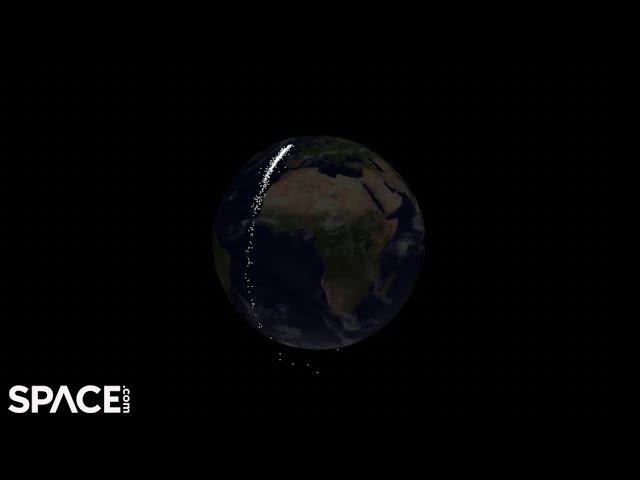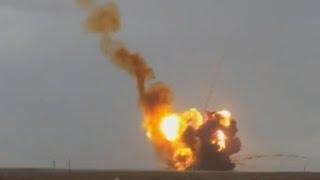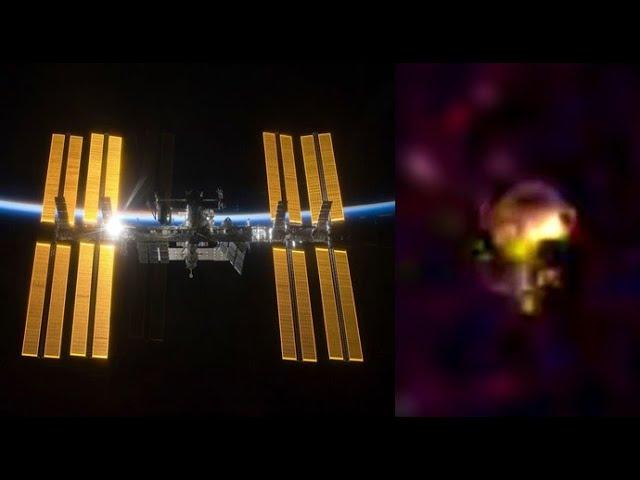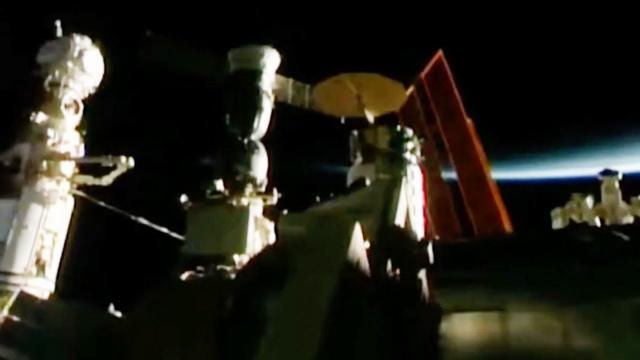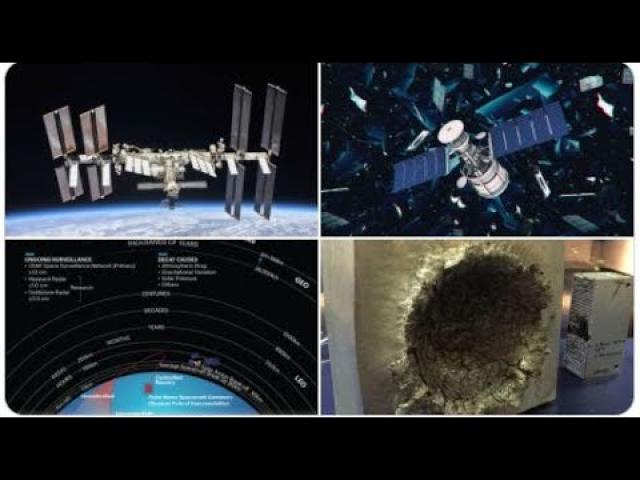WTF? Out of Control Russian Rocket Debris Could hit the USA or other Countries January 5th 2022?
Description
Outer Space seems out of control these days.
you can track the rocket here...
https://www.youtube.com/watch?v=wSP4RmaCLWc
God bless everyone,
T LEWISON
5430 BIRDWOOD RD. #416
HOUSTON TEXAS 77096
https://www.paypal.me/THORnews
https://venmo.com/TEric-Lewison
$THORnews on CashApp
https://www.patreon.com/thornews
article by weatherboy
20-Ton Out-of-Control Russian Rocket due to Crash on Earth on Wednesday Afternoon
BY WEATHERBOY TEAM METEOROLOGIST - JANUARY 4, 2022
https://weatherboy.com/20-ton-out-of-control-russian-rocket-due-to-crash-on-earth-on-wednesday-afternoon/
An updated forecast released today suggests that an out-of-control Russian tumbling back towards Earth could strike on Wednesday afternoon. In an updated forecast shared by Joseph Remis on satflare.com and Twitter, it shows the rocket re-entering around 12:44pm ET on Wednesday, January 5. Because the rocket is uncontrolled and could shift around erratically as it enters the Earth’s atmosphere, impact could occur +/- 7 hours of that estimated strike time. Returning to Earth in an out-of-control manner is the Persei upper stage rocket which carried a dummy payload into space as part of Russia’s Angara A5 rocket test.
On December 27, the Russian Angara A5 rocket lifted off from the Plesetsk Cosmodrome. Named after a river in Siberia, the Angara rocket is the first heavy-lift launch vehicle used by the Russians in decades. The December 27 launch was the third test flight of the giant rocket. While the launch was flawless, an upper-stage rocket failed to successfully fire.
While the Angara’s first two stages fired as planned, the third stage, a Persei rocket, failed to fire a second time. While the first fire helped put the dummy payload it was carrying into low-Earth orbit, the failure of the second fire failed to put the dummy payload into a geostationary orbit. Instead, the 20 ton mass is tumbling out of control to Earth. While
Roscosmos shared pictures and a congratulations message before and immediately after the Angara launch, they’ve offered no comment on the Persei rocket and the failure for it to fire, deferring instead to the Russian military which was responsible for the launch. As of press time, the Russian military has offered no comment on this rocket.
According to NORAD, short for North American Aerospace Defense Command, the tumbling rocket and payload has been numbered “50505” and was identified to be in an initial orbit with a perigee of 180 km and an apogee of about 200 km.
Russian newspaper Moskovski Komsomolets wrote, “…the 20-ton blank or what remains of it will smoothly descend for another two or three weeks, until most of it with the remaining fuel burns out in the dense layers of the atmosphere. Where the leftovers will fall is a question. ”
Commercial and private entities, such as SATFLARE, N2YO.com, and Aerospace Corporation are tracking the out-of-control rocket and are providing maps and statistics regarding it on their respective websites. On SATFLARE.com, a forecast created by Joseph Remis suggests the Wednesday afternoon (East Coast time) impact will occur over Australia. However, if the rocket comes in a little faster or slower, due to its tremendous speed, it may end up striking Earth elsewhere along its potential orbital planes. Four such orbital lines extend across the United States at around the time the rocket could hit Earth; the first possible area extends from the San Francisco bay area to the northwestern corner of Nevada north and east across southwest Oregon, west central Idaho, and western Montana. The second extends from near the Los Angeles area in southern California across the middle of Nevada into southeastern Idaho and central Montana. The next path comes up through the middle of Texas into central Oklahoma, central Missouri, near the Iowa/Illinois border, and up across the middle of Wisconsin. The fourth path extends across southeastern Florida, the Outer Banks of North Carolina, southeastern New England, and far eastern Maine. Even if the rocket doesn’t strike these areas, debris could light-up the sky and appear as a shooting star or bolide.
The rocket and dummy payload is estimated to be roughly 20 tons. It is not yet known how much of the rocket or its payload will make it to the Earth’s surface. Center for Astrophysics Astronomer Johnathan McDowell hypothesized on Twitter that a dry mass of 4 tons could make its way down, allowing for “some bits to reach Earth surface.”

